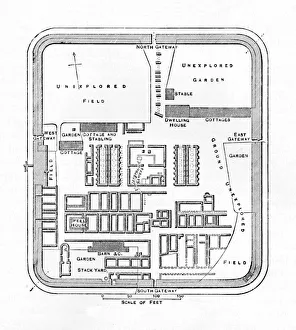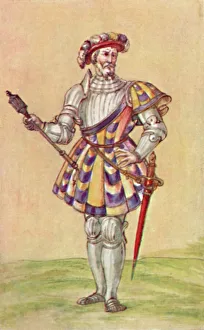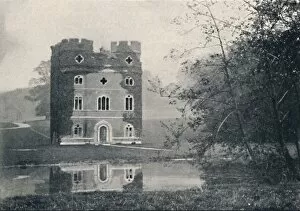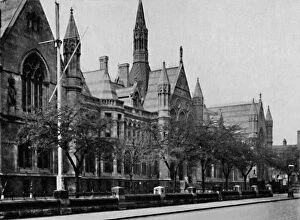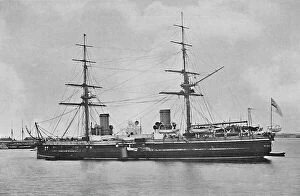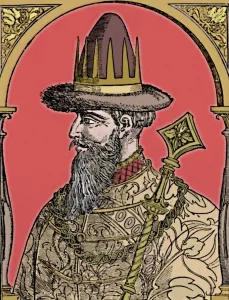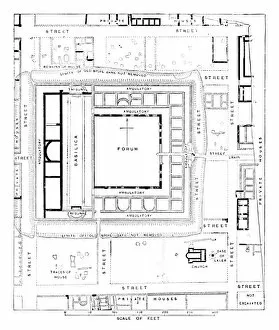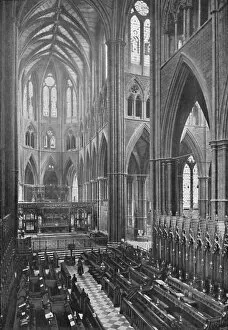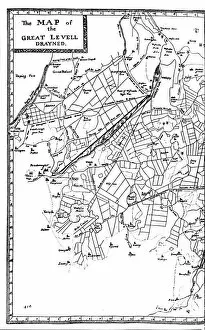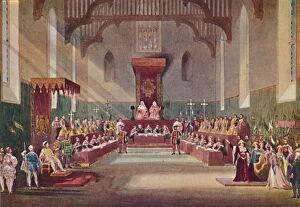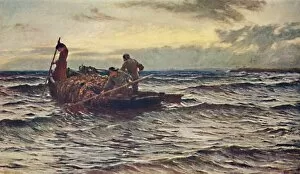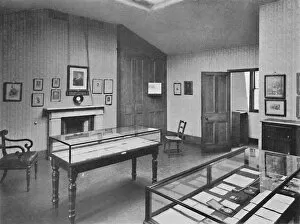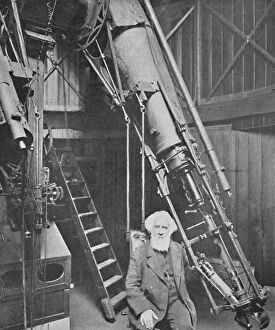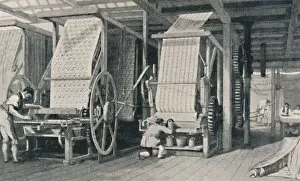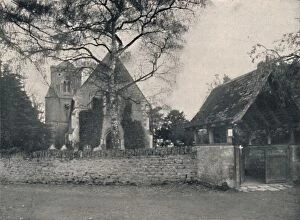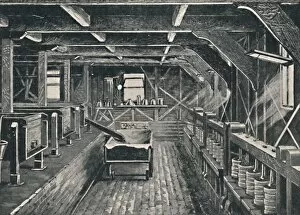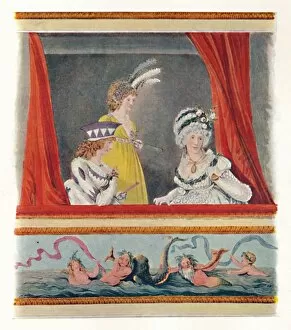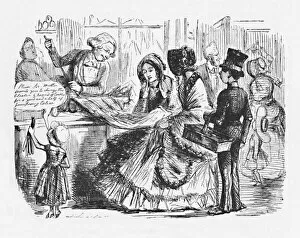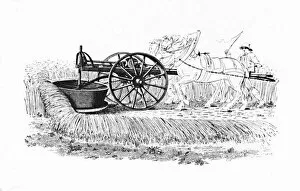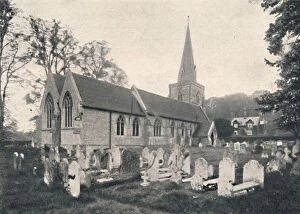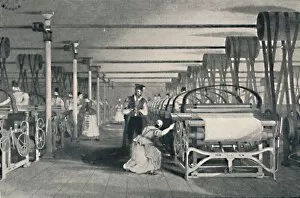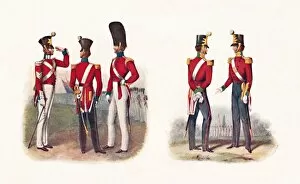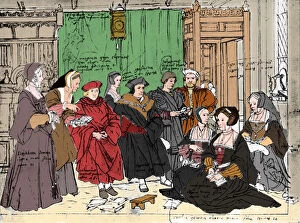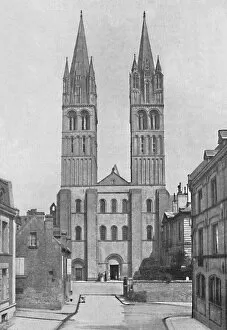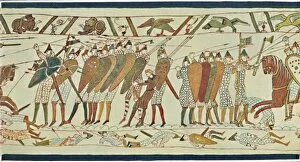Henry Duff Traill Collection
Henry Duff Traill, a man of many interests and talents, left an indelible mark on the world
All Professionally Made to Order for Quick Shipping
Henry Duff Traill, a man of many interests and talents, left an indelible mark on the world. Born in 1842, he witnessed the artistic brilliance of his time through works like JMW Turner's "Ulysses Deriding Polyphemus" and Thomas Webster's "A Dames School. " These masterpieces inspired him to appreciate art in all its forms. Traill's thirst for knowledge led him to University College, Nottingham in 1904. Here he delved into various subjects, expanding his intellectual horizons. His love for history was evident as he explored ancient civilizations through pieces such as the detailed "Plan of Bremenium" and the captivating depiction of Ivan the Terrible by Hans Wengel. Not only did Traill have an affinity for history but also architecture. He marveled at structures like Westminster Abbey's Choir and Apse captured beautifully by York & Son in 1902. Additionally, he admired William Dugdale's portrayal of "The Fens Drained, " showcasing human triumph over nature. Traill had a keen eye for innovation too; evidenced by his fascination with Joseph Hansom's specification drawings for Hansoms Cab from 1834. This attention to detail reflected his appreciation for progress and ingenuity. Throughout his life, Traill remained captivated by diverse subjects ranging from naval warfare depicted in Symonds & Co. 's painting of H. M. S Inflexible to Tudor soldiers portrayed vividly in a piece from the sixteenth century. His curiosity knew no bounds. In addition to being an avid observer of art and culture, Traill cherished historical remnants such as Wolsey's Palace at Esher or Silchester Forum showcased through meticulous plans created during different periods, a man who embraced knowledge across disciplines - be it artistry or academia - leaving behind a legacy that continues to inspire generations today.


